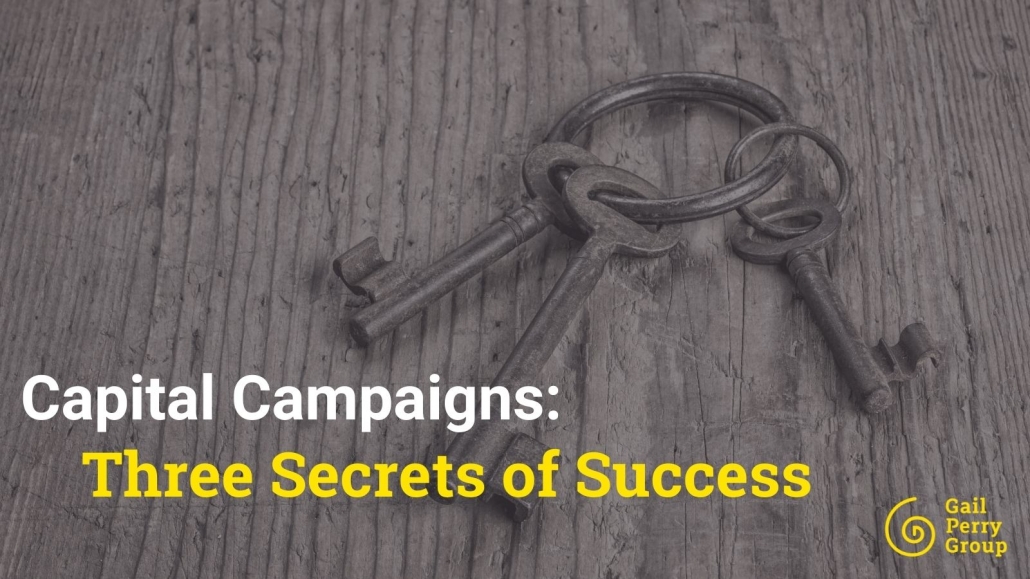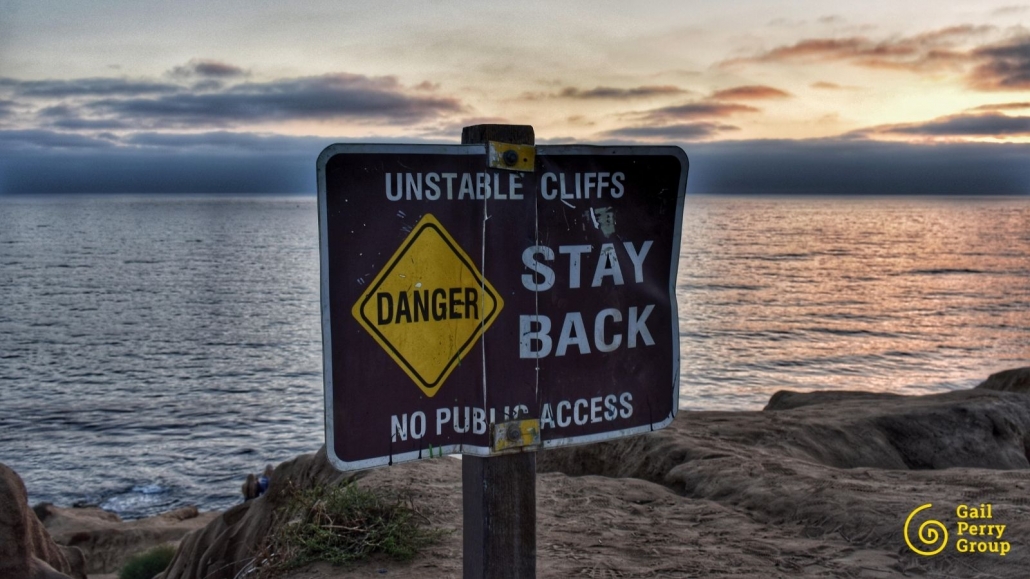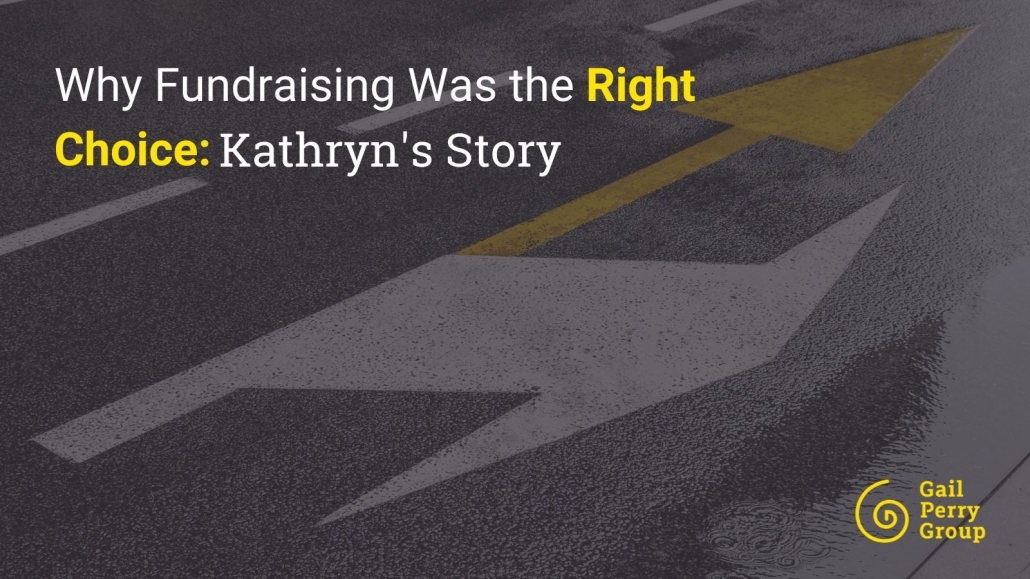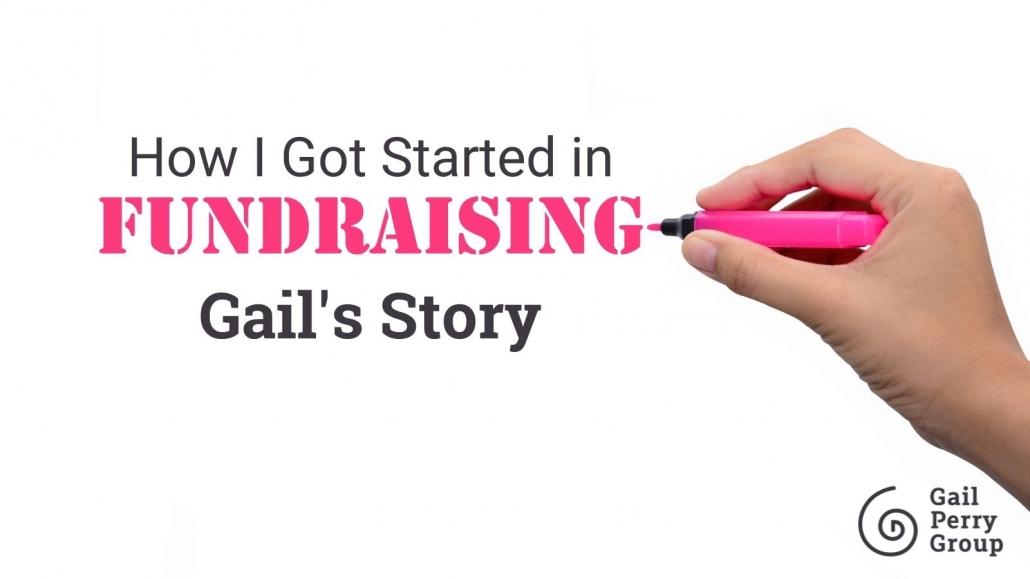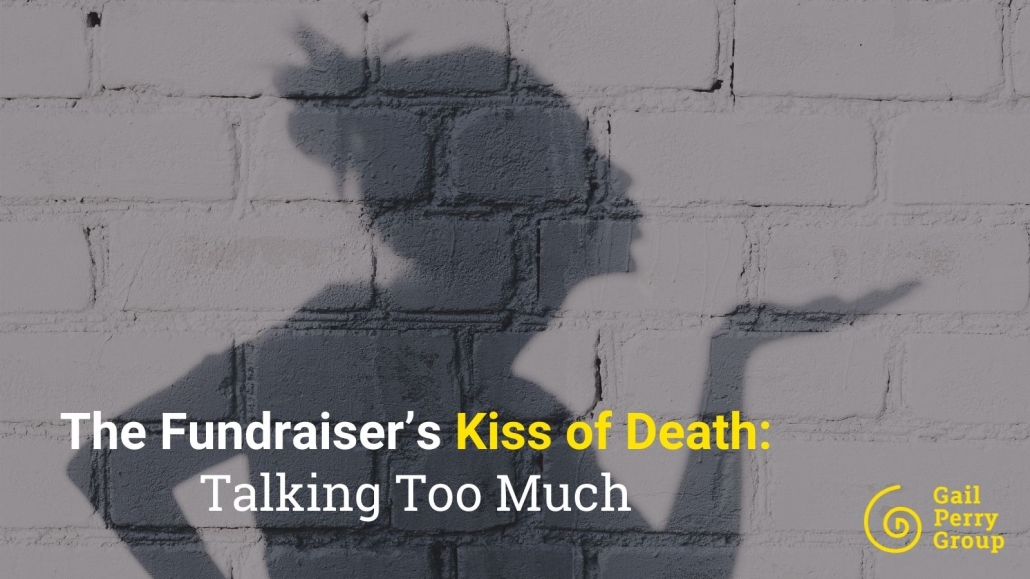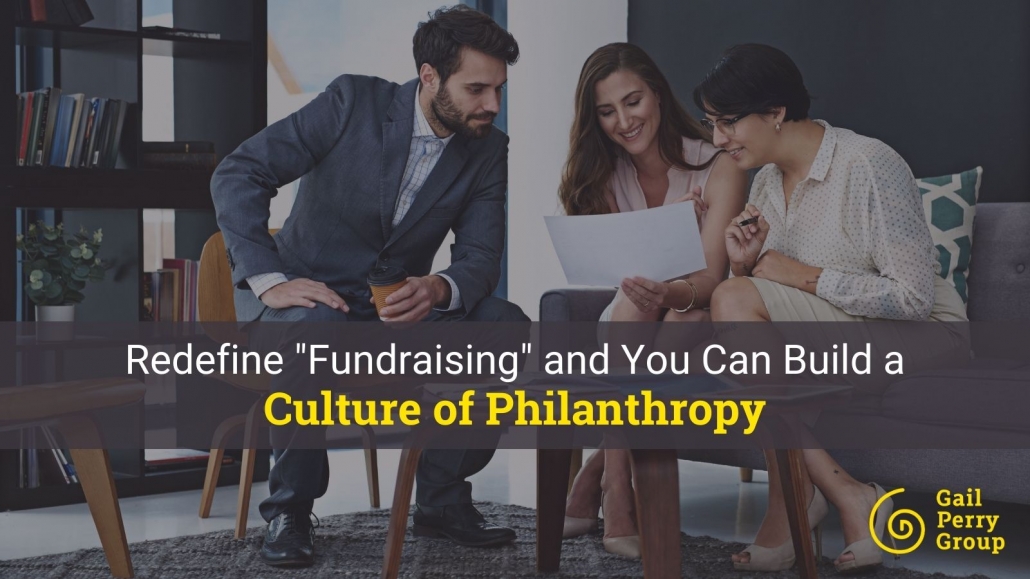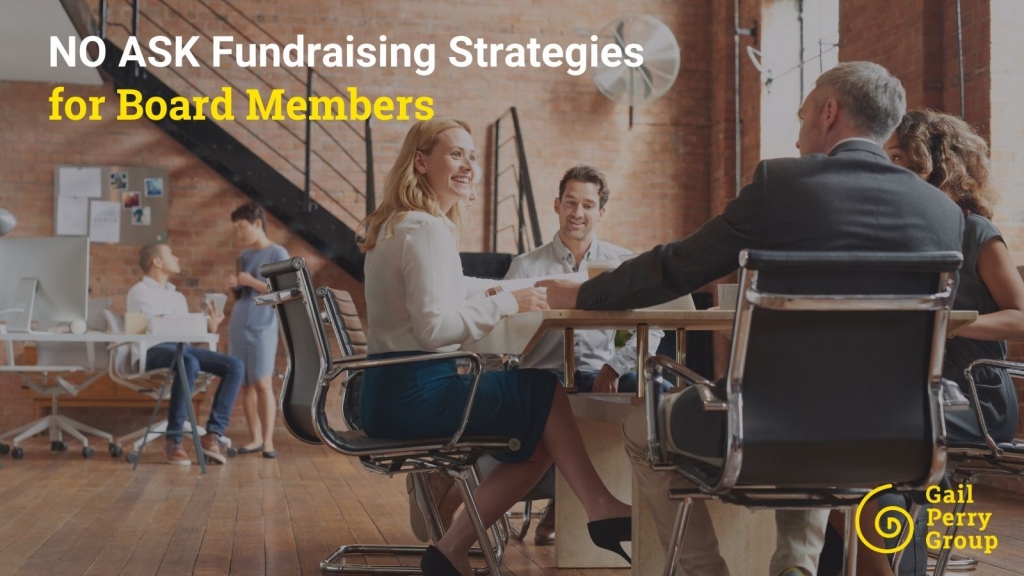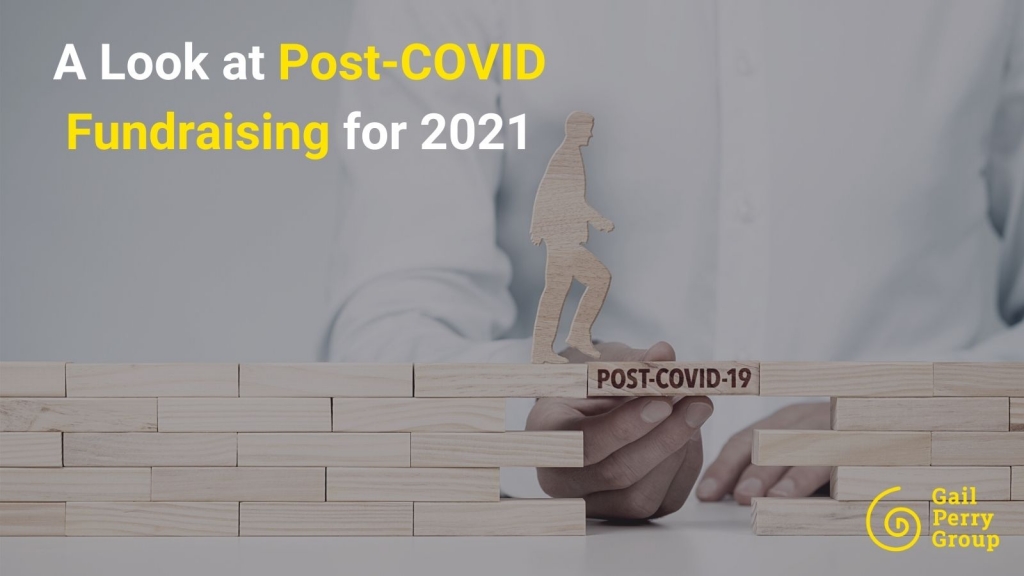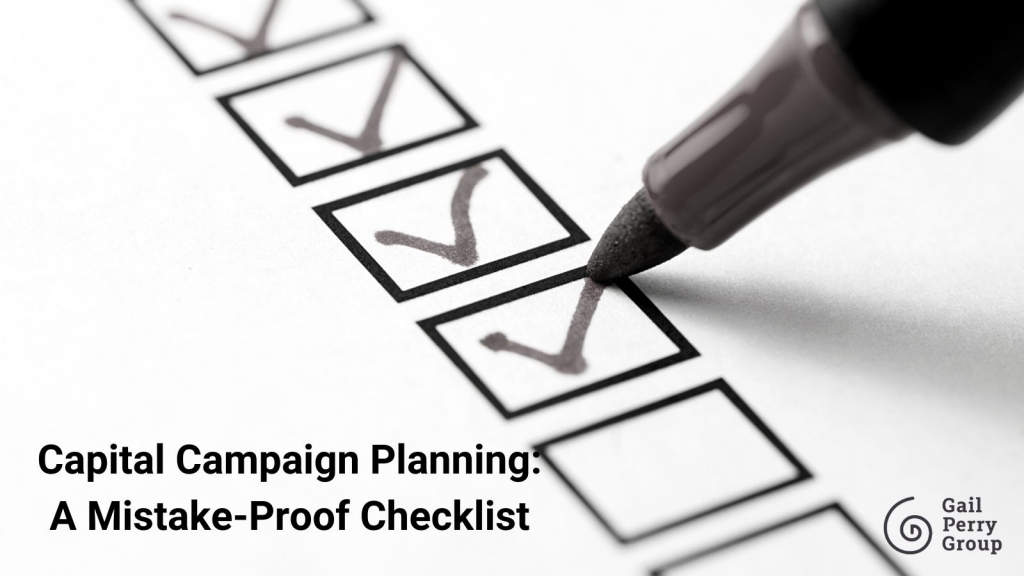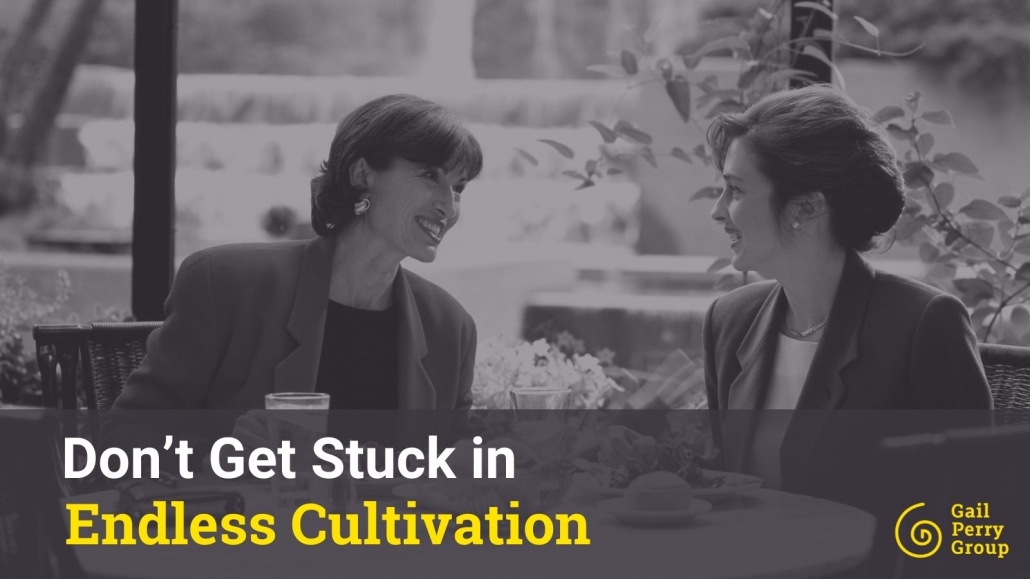
Are you familiar with that feeling of endless cultivation with a donor? Let me tell you a story:
Over the past nine months, fundraiser Kim Washington has been diligently cultivating her #1 donor, Olive Robinson.
Kim has zoom coffees with Olive. They have lunch. Even more, Kim makes sure Olive has regular email and phone contact and keeps her informed all the time.
In the back of Kim’s mind, she keeps wondering. “Is Olive ready for a gift conversation? Have we warmed her up enough for an ask? It feels like I’m stuck in endless cultivation.”
Bad News – The Donor Slips Away
One morning over coffee, Kim scrolls through her phone reading the local news. . . and mulling about her next contact with Olive.
“Oh no!” Kim is aghast.
There, in the news, is a gift announcement from another nonprofit where Olive has just made a $2 million gift, in memory of her husband.
Alas. There goes Kim’s hoped-for major gift. Her donor slipped away. How could it be that Olive, who was so interested in Kim’s organization, would surprise everyone with a gift to that other organization?
Why Does Your #1 Prospect Suddenly Disappoint You?
Here is why this happens fairly often in the world of philanthropy. It’s because the fundraiser gets stuck in “cultivation” and does not bring up the topic of a gift.
In reality, most donors do not fit into a clear stage in the donor journey. You can’t pigeonhole them.
We fundraisers limit ourselves by how we define these stages.
Some donors may be willing and eager to make a major gift now, but fundraisers miss the signals, because they are defining the donor in a box.
Here’s how to move the donor from an endless round of feel-good conversations over into a discussion about their potential support.
Escape Endless Cultivation – Move from Discovery to a Gift Conversation in 15 Minutes
At Gail Perry Group, we are coaching our clients in a new approach with donors – one that helps to identify those who want to help with a gift right now.
And let me just say that our clients are seeing remarkable results with this approach. Donors are coming forward early in the donor journey and wanting to make a gift right now.
We have found that we can literally move a donor from a series of discovery questions – right into a gift conversation.
Here’s an example of a typical conversation flow:
Question One: “I’d love to know more about how you came to be a donor.“
When you are able to get your donor to share their Donor Story, you can really open the floodgates. You’ll find your donor probably has a deeply personal reason for supporting your work – something that resonates with their personal values of what is important in life.
This is a powerful question to ask. Your job as a fundraiser is to sit tight, and perhaps say, “Tell me more.”
Question Two: “I know you’ve been supporting our work for a long time. May I ask, what kind of impact do you feel that you are making through your giving?”
By asking the donor to describe their feelings, you are helping the donor literally talk themselves into the idea of giving more.
Even more, your donor will tell you what you need to know at this stage.
Question Three: “I can see that you are deeply committed to this work. May I ask, have you ever thought about doing something even bigger?”
With this question, you politely move directly into a Gift Conversation.
Now, you are using permission to place the issue squarely on the table with the donor. And remember – they are engaged, active, excited, and sharing more and more!
Your donor just may say, “Wow, I never thought about that. And yes, I might actually like to make a bigger impact. Let’s talk about it!”
Bottom Line: Don’t Get Stuck in Endless Cultivation
Here is the hard truth – don’t let yourself get stuck in endless chit-chat with your donor.
Instead, ask them why they give. Ask them how much they care. Ask if they’d like to get more engaged and make an even bigger impact.
As always, it is a pleasure to share our weekly insights with you as we cover important fundraising strategies.
If your organization is planning a capital campaign or launching a major gifts program – we can help. Send an email to coaching@gailperry.com if you’d like to schedule a free strategy call with us.
